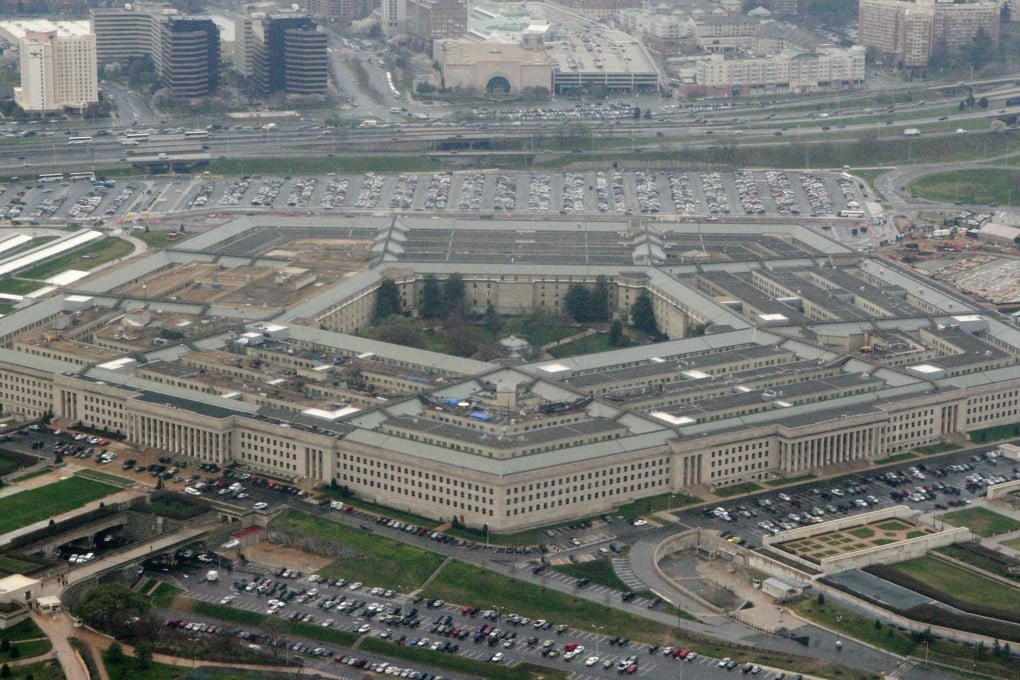Pentagon warns of global power play behind Chinese projects such as Belt and Road Initiative
- US Defence Department highlights range of military and non-military challenges to US strategic interests from Beijing’s favoured projects

The Pentagon has said China is using its expanding military, trading and infrastructure network to pursue global leadership in a report that warned that its global ambitions could undermine the security of the United States and its allies and threatened international economic corridors.
Monday’s report assessed China’s military and non-military expansion efforts, such as the “Belt and Road Initiative” and the “Made in China 2025” industrial strategy, and their implications for America around the world.
It coincided with another detailed assessment by the US Defence Intelligence Agency on Tuesday, which said China’s drive to acquire cutting-edge weaponry – including nuclear bombers and a space-based early warning system – was intended to establish itself as a global military power.
In December 2017 US President Donald Trump shifted the focus of US national security policy away from terrorism to make “great power rivalry” with China and Russia his main concern.
Since then the White House has taken a number of measures to counter Beijing, including the multibillion-dollar trade war.
“China’s most substantial expansion of its military access in recent years has occurred in its near-abroad, where territorial disputes in the East and South China seas persist, but China has also expanded its military operations further from the Chinese mainland,” the US Defence Department report said.